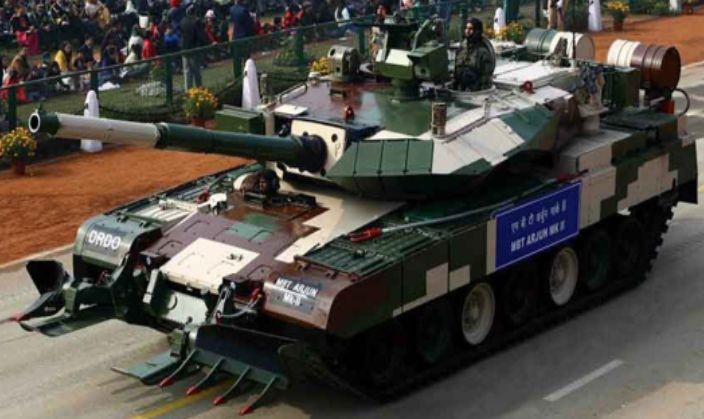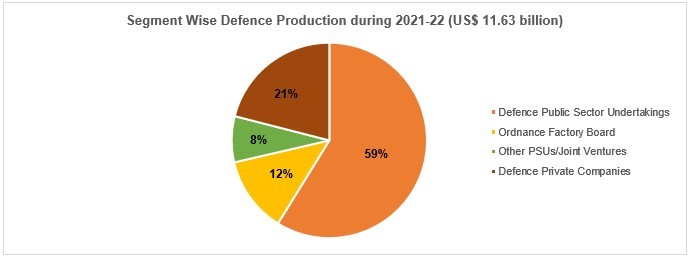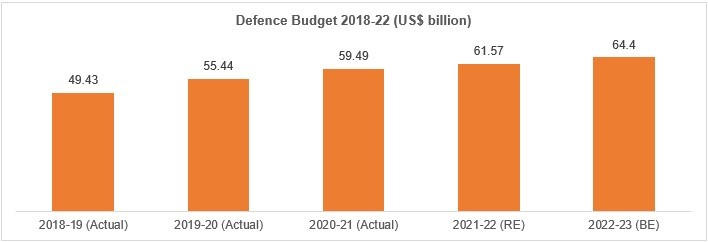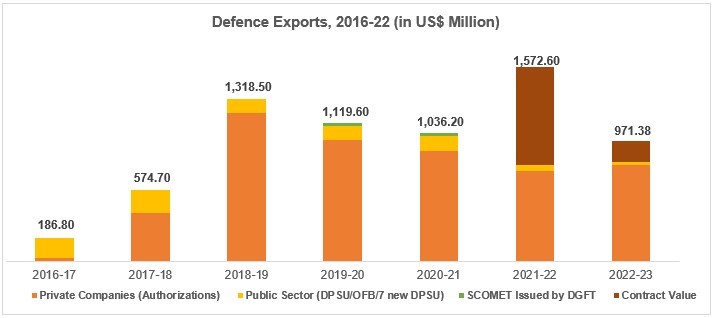Free Courses Sale ends Soon, Get It Now


Free Courses Sale ends Soon, Get It Now



Disclaimer: Copyright infringement not intended.
Context
Details
Indian Defence Industry



Indian Defence Industry Ecosystem
Government Initiatives
Defence Acquisition Procedure (DAP)- 2020
Defence Procurement Procedure (DPP)
FDI Policy
Offset Policy
Indigenisation list
Final Say
|
PRACTICE QUESTION Q) From initially just producing parts to now indigenously producing from scratch, Indian defence industry has progressed and expanded. Do you agree? Justify. (250 words) |
https://epaper.thehindu.com/ccidist-ws/th/th_delhi/issues/30911/OPS/GTKB2GR0H.1+G85B2HK4L.1.html
© 2024 iasgyan. All right reserved